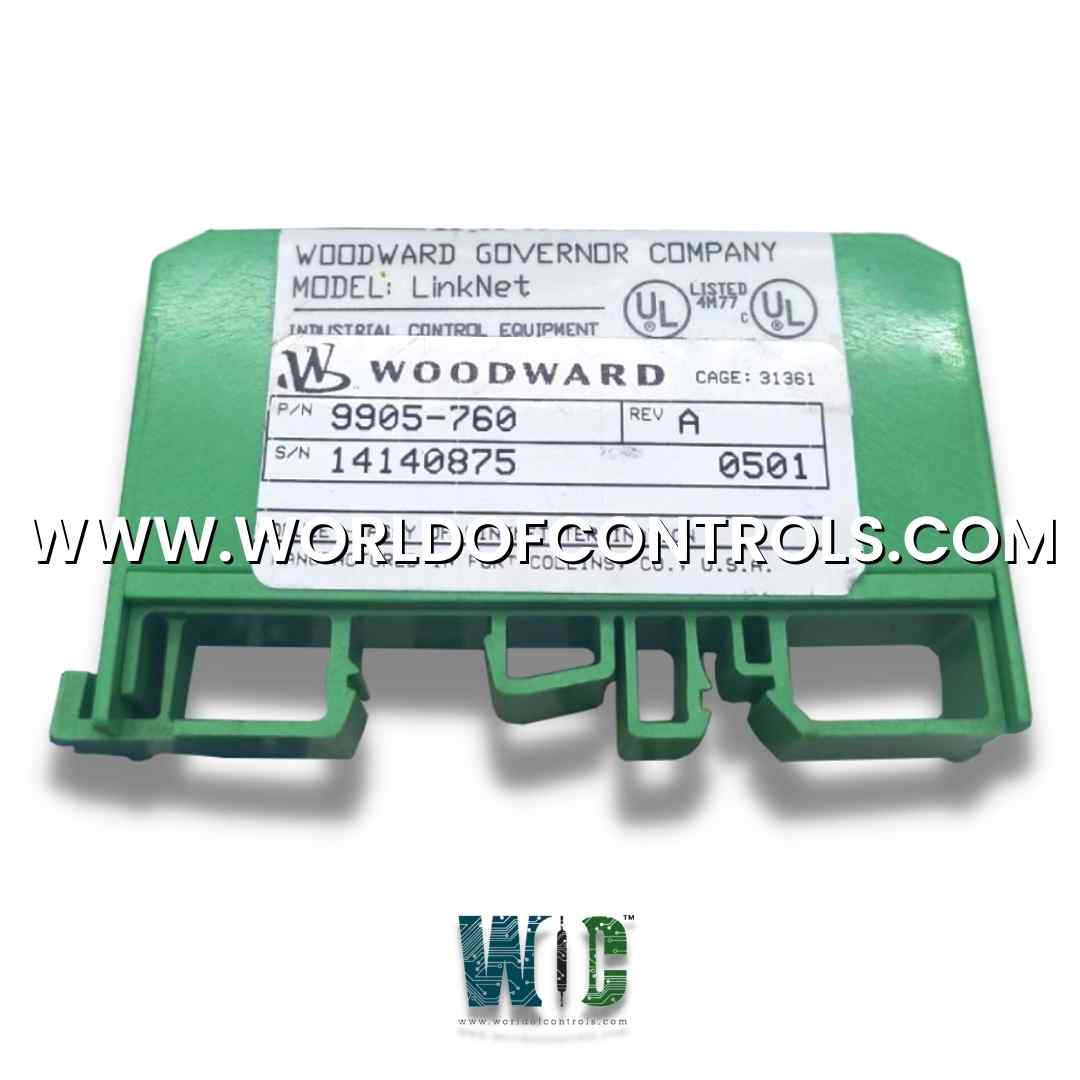
World Of Controls understands the criticality of your requirement and works towards reducing the lead time as much as possible.
9905-760 - Load Control Module is available in stock which ships the same day.
9905-760 - Load Control Module comes in UNUSED as well as REBUILT condition.
To avail our best deals for 9905-760 - Load Control Module, contact us and we will get back to you within 24 hours.
Part Number: 9905-760
Manufacturer: Woodward
Product type: Digital Synchronizer and Load Control Module
Availability: In Stock
Dimension: 16cmx16cmx12cm
Repair: 3-7 Day
Country of Manufacture: United States (USA)
9905-760 is a Digital Synchronizer and Load Control Module developed by Woodward. It synchronize multiple generators or power sources in a power system. The module ensures that the generators are running at the same frequency and phase angle before they are connected to the power grid or to each other. Digital synchronizers use microprocessors to measure the frequency and phase angle of the generators and provide control signals to adjust their output. It regulates the power output of a generator or power source based on the load demand. It adjusts the output of the generator to maintain a stable voltage and frequency in the power system.
Digital synchronizers and load control modules have several key features that make them essential components in power systems.
World of Controls has the most comprehensive selection of GE and Woodward components. Our professionals are available to help you with your requirements at any time. If you require any additional information, please contact WOC immediately.
What is 9905-760?
It is a Load Control Module developed by Woodward.
What are the requirements for a window in the cabinet door?
If a window in the cabinet door is required, it must provide more than 20 dB of RF attenuation from 10 kHz to 1 GHz.
Are cable entry holes necessary in the enclosure?
Yes, the enclosure floor and/or top must have cable entry holes. Only the floor or top panels may be used for cable entry.
Are there size limitations for the cable entry areas?
Yes, the size of the top and bottom cable entry areas must be limited. The largest dimension of any aperture (hole) should not exceed 152 mm (6 inches). This is especially important when RF transmitters, such as push-to-talk radios or cell phones, are near cable access points.